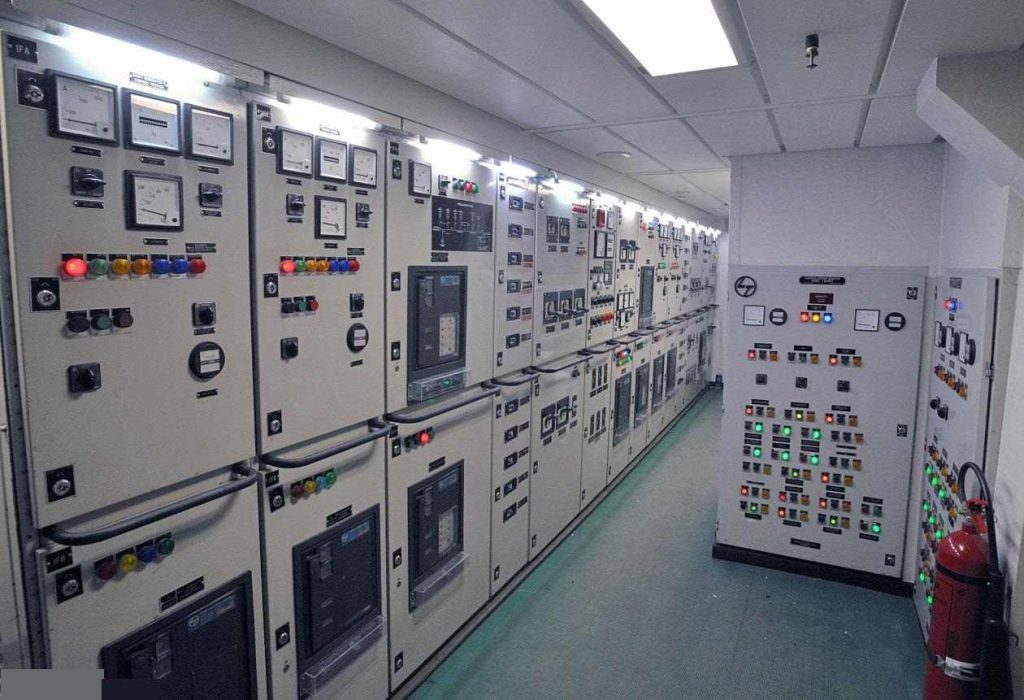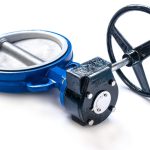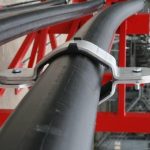In ships, voltages upto and equal to 1000 volts is called as low voltage system and voltages above 1000 volts is called high voltage system. Normally low voltage system is common on board. But rising demand for power due to heavy consumers on new ships require an efficient and surplus power supply. The answer is high voltage system.
Why high voltage system used on ships ?
The following advantages of high voltage system explain why it is preferred over low voltage system.
1. As we mentioned, higher power demand for heavy consumers on ships is the first reason to choose high voltage on ships. High power bow thruster electric motors, reefer containers in container ships, cargo cooling machineries in gas carriers, etc. are examples of such heavy power consumers.
2. High voltage machineries have much reduced size and weight compared to same power low voltage counterpart.
1. Reduced weight and space for machinery means increased space for cargo and more profit.
2. Using electric propulsion further reduces engine room size, again more cargo space and profit.
3. Ease of installation and reduced installation cost.
4. Conductor size is reduced due to low current flow in high voltage system, means reduced copper requirement and low cost.
5. In high voltage system, copper loss or I²R losses are much reduced when compared to low voltage system, as the current flow is less.
6. Overall estimated 1/3 rd reduction in cost compared to low voltage system.
What are the disadvantages of high voltage system on ships ?
1. Handling high voltage means high class insulation to be used on conductors. (Generally ‘F’ class and above)
2. Higher voltages means greater risk and hence require stringent safety procedures.
3. Skilled labour required for handling high voltage system.
4. Danger of arcing, chances of arc flash and arc blast.
5. Special switch gears are required to preventing arcing.
Why machinery working in high voltage system has reduced weight and size ?
Consider an electric motor consuming power of 500 kW
We have the power, P = √3 V I Cos ∅
In low voltage system, power, P = 500 x 1000 Watts, power factor, Cos ∅ = 0.8, Voltage, V = 440
P = √3 V I Cos ∅
Current, I = P / (√3 V Cos ∅)
I = 500000 / (√3 x 440 x 0.8 )
I = 820 Ampere
Similarly, In high voltage system, power, P = 500 x 1000 Watts, power factor, Cos ∅ = 0.8, Voltage, V = 3.3 kV
P = √3 V I Cos ∅
Current, I = P / (√3 V Cos ∅)
I = 500000 / (√3 x 3.3 x 1000 x 0.8 )
I = 109 Ampere
So for an electric motor, working in high voltage system draw very low current compared to that of low voltage system. As current carrying capacity of conductor reduces, size of the conductor can also be reduced much. This considerable reduction in conductor material result in reduced size of machinery and save space for installation.
Why copper loss and iron loss is less in high voltage system ?
From the above comparison on current flow between a high voltage system and low voltage system, it is clear that current draw with high voltage is much lesser. Hence copper loss or I²R losses and iron loss are considerably lesser.
What is meant by arcing, arc flash and arc blast in high voltage system ?
· Arcing is the production of unintentional electric arc during opening circuit breaker, isolator or contactor due to the discharge of electricity through the medium between the two contacts. (In fact arcing occurs during closing the breaker also).
· Arcing also occurs when heavy current flow to earth during an earth fault or short circuit fault due to insulation failure.
· During arcing temperatures at the arc terminals can go upto 20000 ºC or more, which is around 4 times the temperature of sun’s surface.
· The intense light formed at the point of arc is called as arc flash.
· Instant heating of air surrounding the arc occurs and conductors vaporises, resulting in formation of a high pressure wave. If the pressure wave is not released, it results in an explosion called arc blast.
What are the hazards of arc flash and arc blast ?
· Permanent damages to the electrical equipment.
· Irreversible damage to the human tissue and incurable burns due to very high temperatures.
· Arc flash produces intense UV light, resulting permanent or severe damages to the eye vision.
· Pressure wave from the arc blast compresses the eyes, resulting permanent or severe damages to the eye vision.
· Heavy noise (above 140 dB) may damage hearing ability, sudden pressure changes may rupture ear drums also.
· Arc blast explodes the equipment, ejecting parts with tremendous force and velocity. This may result in damages to personnel and property.
· Flammable materials present in the vicinity of arc may ignite, causing secondary fires.
What is the difference between short circuit and short circuit level ?
· A short circuit is a fault which occurs when the current in a system deviates its normal path and start flowing through an alternate path.
· Since the alternate path offers very low resistance, the current increases very much above the normal value.
· Short circuit level (SCL) is the maximum possible current that flows through a circuit during a short circuit fault.
What is the effect of short circuit fault in high voltage system ?
· High current flow during a short circuit fault result in increased temperatures, which damages insulation, produces high thermal and mechanical stresses in the system, may cause arcing, arc flash and arc blast.
What are the methods adopted to prevent ill effects of short circuit fault ?
· Protective relay installed in the system immediately trips and isolates the equipment during a short circuit fault within a short time. This prevents the effects of high current flow through the circuit.
· The generators, cables, equipment, switch gears, etc. associated with the system are designed to withstand the heavy current during short circuit fault for this short duration of time.



Comments are closed